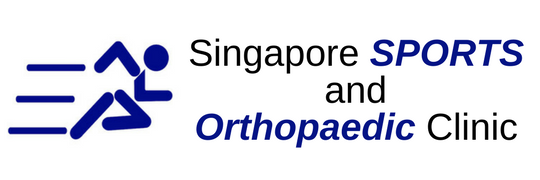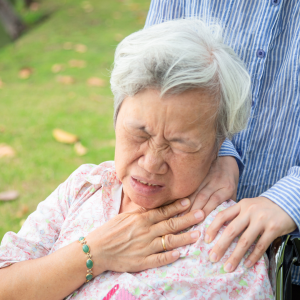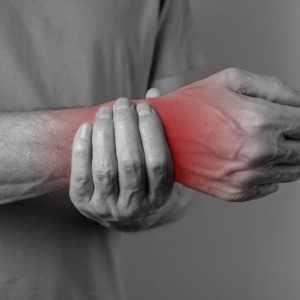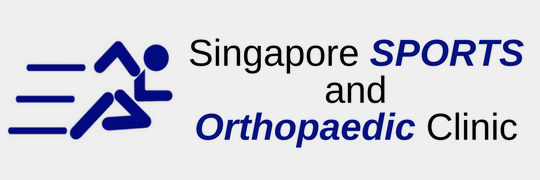Dancing is a physical activity that is accompanied with a certain level or risk. Dancing is something that needs to be gradually built up from scratch and one cannot simply jump into it expecting to do something they have never tried. Proper warm up and stretching as well as cooling down exercises will need to be performed religiously before and after every session. Injuries can be career threatening to any dancer and it is important to take precautions to prevent them from happening.
Meniscus Knee Tear
Dancing requires a lot of jumping and knee twisting actions accompanied by sudden direction changes. This will place a lot of stresses on the knee, particularly the ligaments and meniscus. A tear in the knee meniscus is one of the most frequent injuries experienced by dancers and it can put you out of action for up to 6 months depending on the severity. It is important to strengthen the leg muscles particularly the knee, thigh and calf to help reduce the burden on the knee.
Ankle sprains
A proper ankle connection is important in dancing. Ankle sprains occur when upon landing from a jump, the outside of the ankle rolls inwards due to a loss of balance. This will cause the ligaments in the ankle to tear. Ankle sprains are painful and will hinder you in many aspects of your daily life. You will be out of action for up to a month.
Achilles Tendonitis
Achilles tendonitis is tendonitis of the Achilles tendon and it occurs due to muscle overuse after repeatedly acting pressure on the calf muscle. It happens most frequently in dancers who place a lot of their weight on the lower body.
Neck strain
Neck strain is a common injury and it happens so frequently because dancers have to move their head throughout a dance and many of them control it incorrectly. Instead of using the spine when they arch their neck, they use the tendons, overusing them.
Muscle cramps
Dance practices and rehearsals can sometimes take a long time and start from early in the morning till late at night. As a result, they are easy victims to muscle cramps due to fatigue and a lack of required electrolytes to replace the ones they lost throughout the day. Sometimes it can happen due to improper warm up exercises.
Dancing is a very physical demanding activity and the risk of injuries is high. New dancers will need to start slow while experienced dancers cannot be complacent and skip the basic warm up and cooling down exercises. Dancers will also need to ensure that they replace their lost fluid to prevent muscle cramps.







